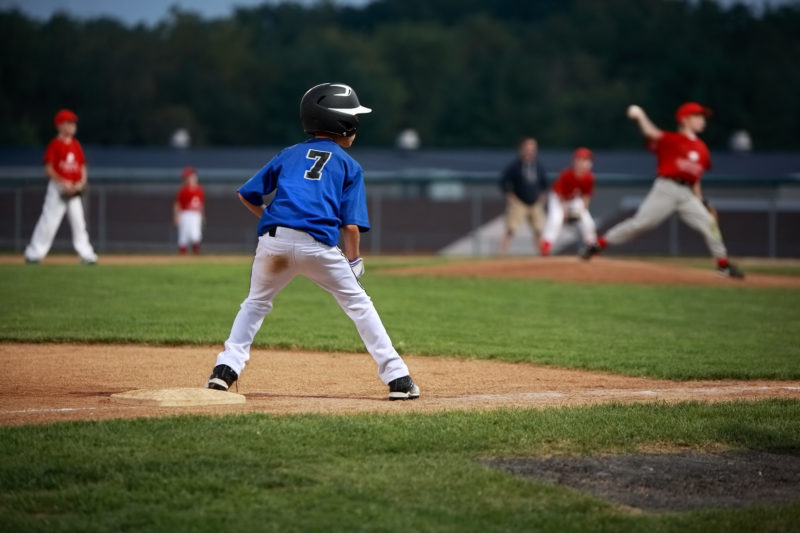
Overuse injuries in the pediatric and adolescent population are a growing problem as more children participate in recreational and organized sports, especially here in our active community of Central Oregon. Participation in regular exercise is proven to be both physically and emotionally beneficial for children, but without adequate rest, it can inhibit their body’s ability to repair tissues, leading to repetitive microtrauma and overuse injury.
“Unlike in adults, the consequences of overuse injury in the pediatric and adolescent athletes are far more serious because the growing bones are vulnerable to stress,” states Dr. Justin Roth, pediatric orthopedist at The Center. The repetitive motion of some athletic activities such as throwing, running, and kicking has been shown to cause injuries in some young athletes, requiring them to decrease their activity level in order to heal properly. “Pediatric overuse injuries can be frustrating for not only the patient but also the physician, as they don’t necessarily follow a standard protocol in terms of healing/resolution and can take many months to heal or become asymptomatic.”
Some examples of overuse injuries in young athletes include:
Upper Extremity
- Little League Shoulder (proximal humeral growth plate injury)
- Glenohumeral Internal Rotation Deficit (GIRD)
- Lateral Epicondylitis (Tennis Elbow)
- Medial Epicondylitis (Golfer’s Elbow)
- Little League Elbow (growth plate injuries, UCL strain, stress fractures)
- Panner’s disease (Osteochondrosis of the Capitellum)
- Dequervain’s Tenosynovitis
- Gamekeepers Thumb (UCL strain)
Lower Extremity
- Sports Hernia / Athletic Pubalgia
- Hamstring Tendonitis
- Snapping Hip (Coxa Saltans)
- Pelvic Apophyseal Avulsion Fractures
- Osgood-Schlatter’s Disease
- Sinding-Larsen Johansen Syndrome
- Osteochondritis Dissecans (OCD) of the Knee
- Iliotibial Band Syndrome
- Patella Femoral Syndrome
- Tibial Stress Fractures
- Ankle Sprains
- Ankle Avulsion Fractures
- Ankle Growth Plate Fractures
- Achilles Insertional Tendonitis
- Iselin Syndrome (5th Metatarsal Base Apophysitis)
- Sever’s Disease (Calcaneal Apophysitis)
- Foot (Metatarsal) Stress Fractures
- Dancer’s Fracture (5th Metatarsal Base Avulsion Fracture)
To help prevent overuse injuries in your young athlete
- Only encourage one sport to be played at a time.
- Modify training factors (magnitude, intensity, and frequency of sports participation).
- Correct improper biomechanics (alignment, laxity, inflexibility, and muscle imbalance).
- Encourage cross training. A variety of sports should be played year-round with adequate periods of rest for the body to recover both physically and mentally.
- Before telling an athlete to “play through” any pain, consult a physician.





